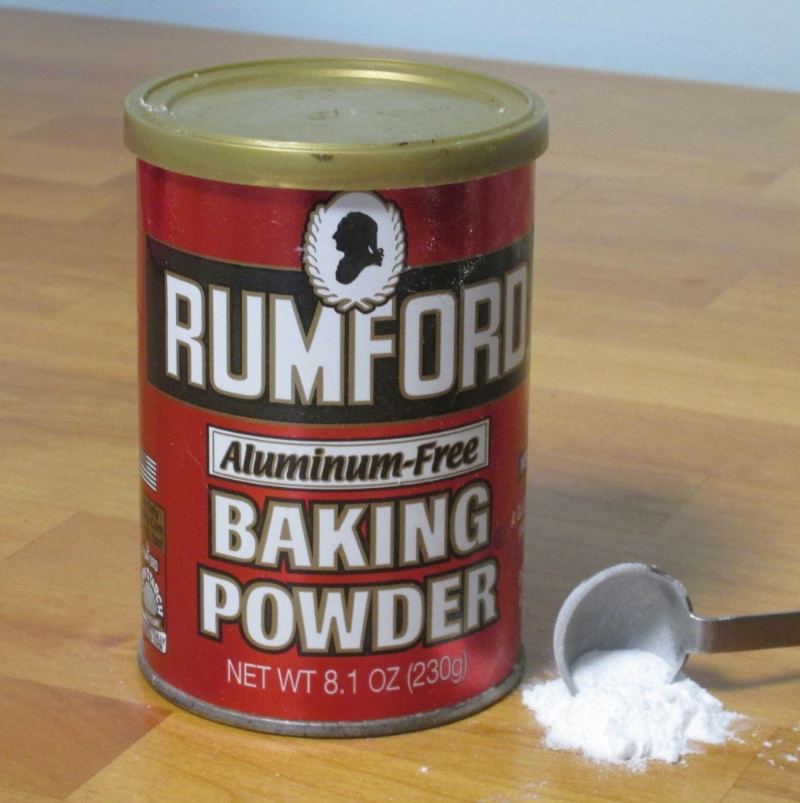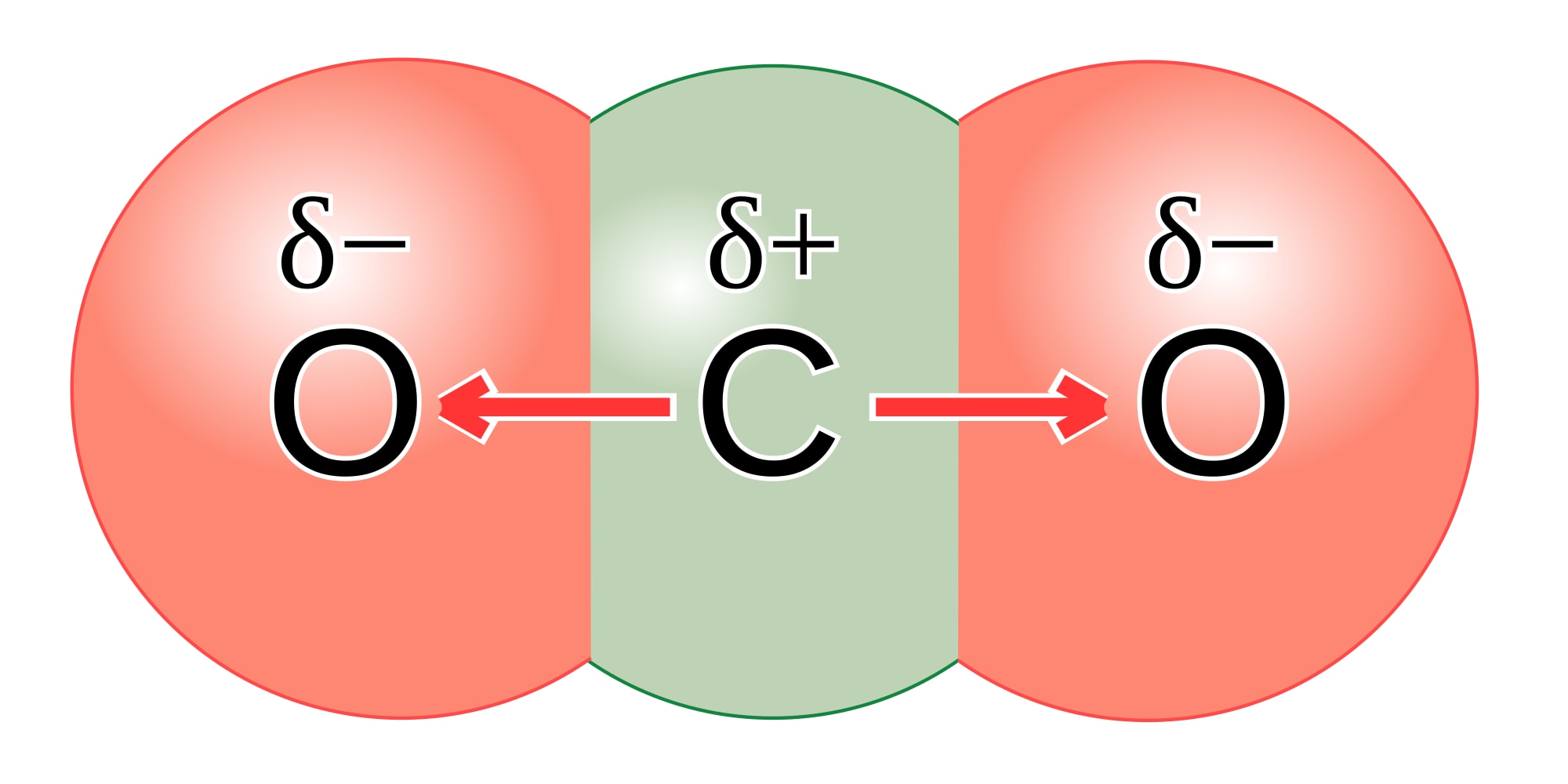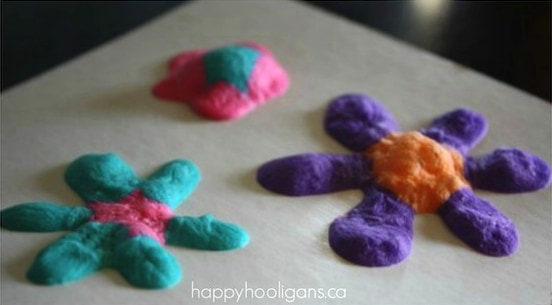Materials

- 1 tbsp self-rising flour*
- 1 tbsp salt
- A bit of water
- Food coloring
- Q-tips (to paint)
- Cardboard/Thick paper
*Self-rising flour recipe: 1 cup all-purpose flour, 1½ tsp baking powder, ¼ tsp salt
Procedure
- Combine your flour and salt in a bowl
- Add water and stir until you get a smooth, thin paste (the consistency of stirred yogurt or cake batter).
- Add 1-2 drops of food coloring and mix.
- Paint! (using your Q-tips)
- When you are finished creating your masterpiece, pop it in the microwave for about 30 seconds.
How It Works
Self-rising flour contains baking powder, which is a leavening agent (used in many foods to help rise such as bread, cake, and other baked items). Baking powder has four main components:
- Bicarbonate soda has lots of CO2 locked up in it
- Cream of tartar is the acidifying agent (lowers the pH of a substance)
- Calcium Aluminum Phosphate is another acidifying agent
- Starch is the drying agent (removes water from a substance). It is usually mixed into baking powder because it keeps the baking powder from reacting too early.
Mixing the self-rising flour and water together results in carbon dioxide (CO2) being released. The cream of tartar in the baking powder and salt increase the amount of carbon dioxide produced.

| Baking Powder + Water | —mix—> | Cream of Tarter becomes Tartaric Acid |
| Tartaric Acid + Bicarbonate Soda | —react—> | CO₂ Gas |
| Sodium Bicarbonate + Salt + Water | —react—> | CO₂ Gas |
| Calcium Aluminum Phosphate + Heat | ——> | CO₂ Gas |
Applications

- Baking
- Volcano reaction (baking soda + vinegar)
- Cut grease
- Deodorizer
- Boost Laundry Detergent
